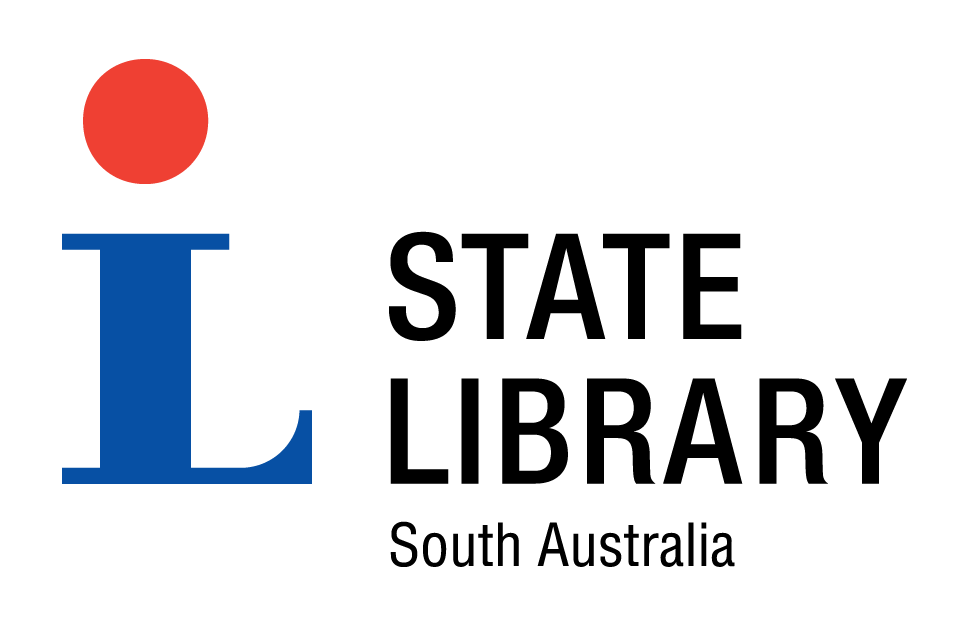
The A-bomb goes up |
|||
|---|---|---|---|
| Title : | The A-bomb goes up |

|
|
| Source : | News, 15 October 1953, p. 1 | ||
| Date of creation : | 1953 | ||
| Format : | Newspaper | ||
| Dimensions : | 410 x 300 mm | ||
| Contributor : | State Library catalogue | ||
| Catalogue record | |||
| The State Library of South Australia is keen to find out more about SA Memory items. We encourage you to contact the Library if you have additional information about any of these items. | |||
| Copyright : | This item is reproduced courtesy of Advertiser Newspapers Pty Ltd. It may be printed or saved for research or study. Use for any other purpose requires written permission from Advertiser Newspapers Pty Ltd and the State Library of South Australia. To request approval, complete the Permission to publish form. |
| Description : |
Front page of The News with various articles describing the first test of an atomic bomb on the Australian mainland at a proving ground north-west of Woomera. At dawn on 15 October 1953, the British detonated the first atomic bomb on the Australian mainland at Emu Field, about 480 kilometres north-west of Woomera in the desert of South Australia (testing had begun at the Monte Bello Islands off the north coast of Western Australia the previous year). Contemporary accounts reported that the plume of smoke produced by the explosion resembled the profile of an Aboriginal person. A second bomb was exploded at Emu Field on 27 October. After these detonations at Emu Field, the British decided that their program of tests might continue for 10 years or so and asked the Australian government if a more permanent proving ground might be established. Maralinga was chosen and regular British atomic testing began there on 27 September 27 1956. Seven atomic bombs were detonated at Maralinga in 1956 and 1957 with a further series of 'minor trials' in which at least another 300 nuclear devices were exploded. Atomic testing at these sites, and at Woomera, has left a lasting legacy. The sites were officially 'cleaned up' in 1967. However, there are continued concerns about the effect of radiation exposure on the people involved in the tests. There have been numerous incidences of radiation sickness, chronic illness and birth defects amongst the Australian and British service personnel and in the Aboriginal communities on whose lands the tests occurred. |
| Subjects | |
| Coverage year : | 1953 |
| Period : | 1946-1979 |
| Region : | Flinders Ranges and Far North - Outback |
| Further reading : | Australia. Royal Commission into British Nuclear Tests in Australia. The report of the Royal Commission into British Nuclear Tests in Australia, Canberra: Australian Govt. Pub. Service, 1985 Beadell, Len. Blast the bush, Adelaide: Rigby, 1986 Symonds, J.L. A History of British atomic tests in Australia, Canberra: Australian Government Publishing Service, 1985 Tame, A.S. Maralinga: British A-bomb, Australian legacy, Sydney: Fontana, 1982 |
| Internet links : |


